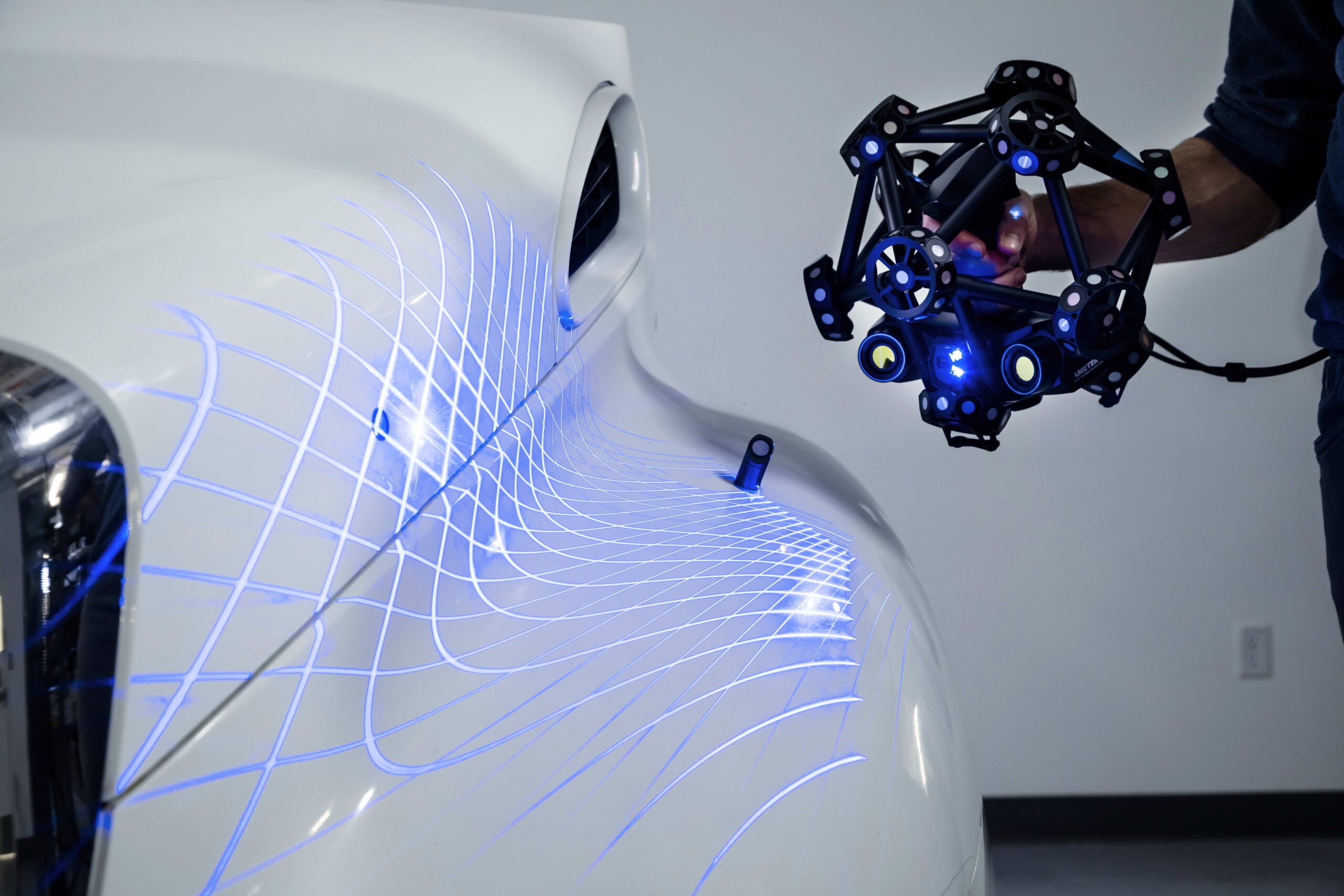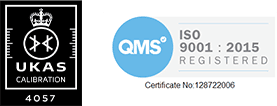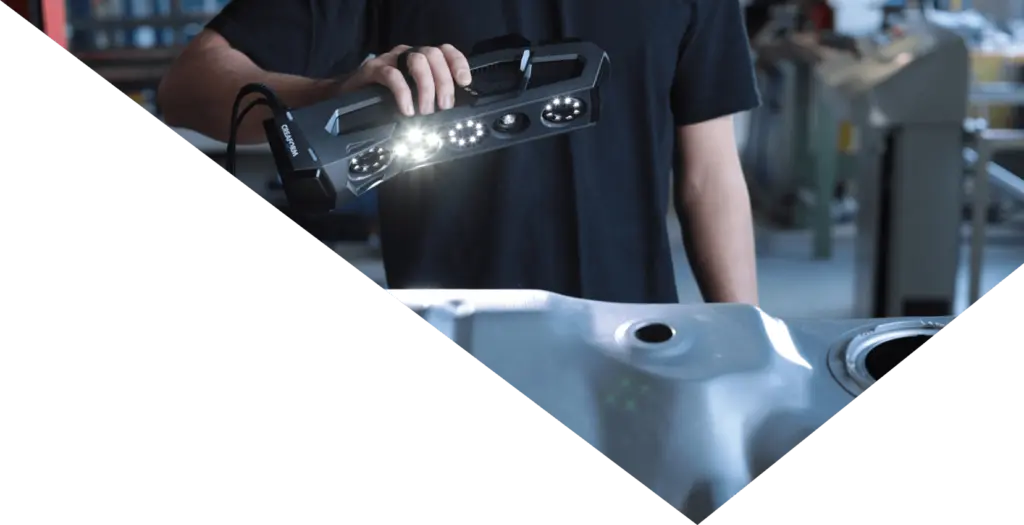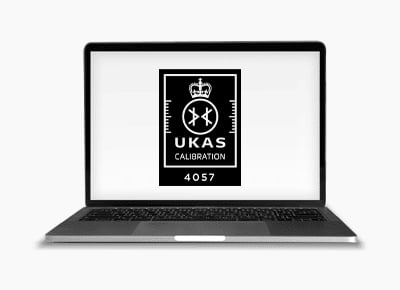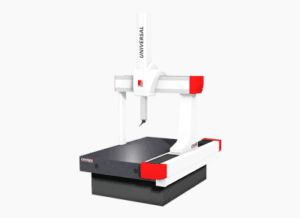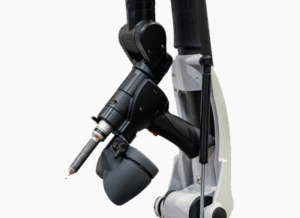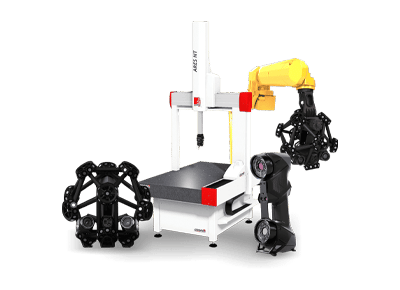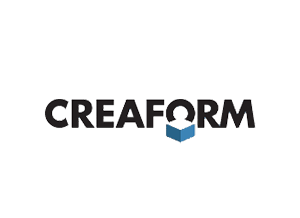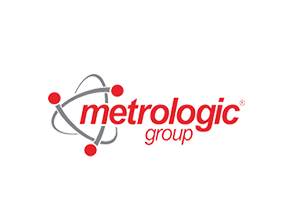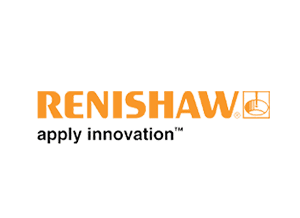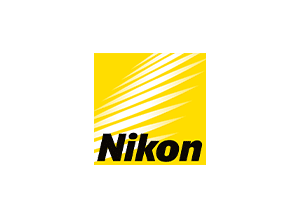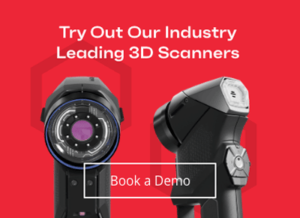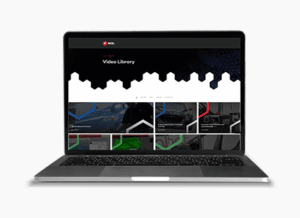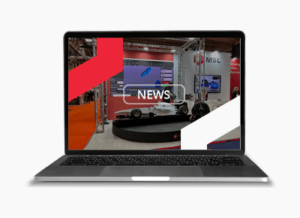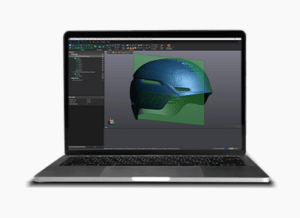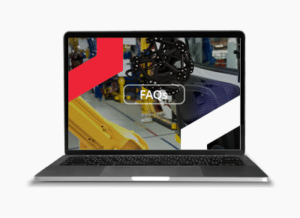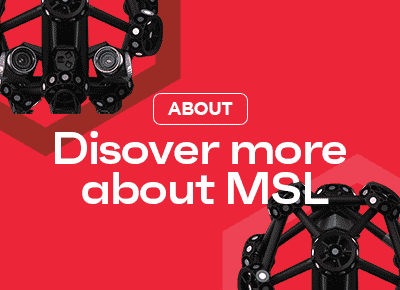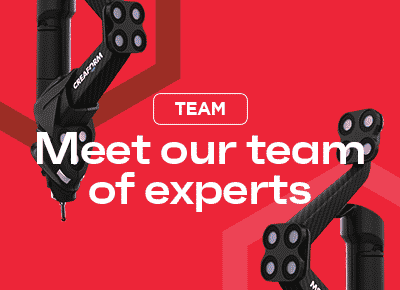For all automotive manufacturers (and for all other manufacturers for that matter), efficiency and precision are paramount. The challenge comes from being able to maintain high-quality standards whilst minimising production processes.
The revolutionary technology that has transformed the automotive production process is 3D scanning. This game changing tech allows for manufacturers to digitally scan real objects, then transfer the data into your CAD software to create a highly accurate 3D model.
With incredible accuracy up to 0.025mm, 3D scanners have transformed how automotive manufacturers design, prototype, produce and inspect their vehicles.
In this article we explore how the introduction of 3D laser scanner equipment has revolutionised the automotive industry.
What is 3D Scanning?
At its core, 3D scanning is the process of capturing the shape and geometry of an object using a 3D scanner. This device emits laser light or projects patterns onto the object, measuring the reflected signals to create a 3D point cloud. From this point cloud, a highly accurate digital representation of the object, known as a 3D model, is generated. This digital model can be used for a variety of purposes in automotive production.
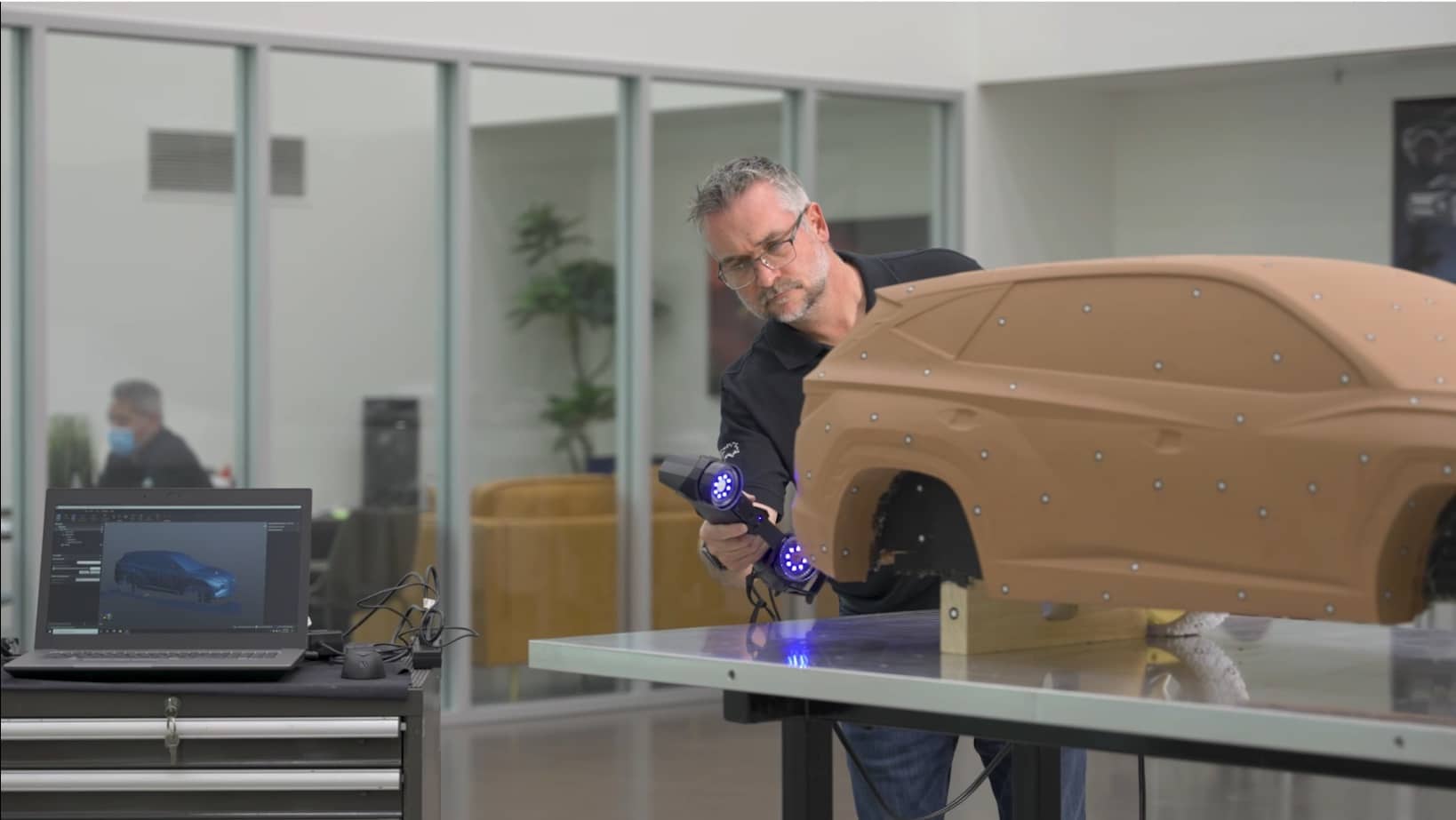
What are the Advantages of 3D Scanning?
Traditionally, designers and engineers would have to rely on a long and complicated process of manually measuring and sketching in order to create models and prototypes. The introduction of 3D laser scanners has re-engineered how designers and engineers now work together. With the latest advancements in 3D scanning, engineers can now digitally scan and measure models and prototypes, significantly speeding up the process and practically eliminating human error.
The introduction of 3D scanning also means that manufacturers can create highly accurate replicas of existing parts. This can prove to be useful as a digital 3D scanner can capture the dimensions and geometry of the template piece without the long-winded manual measuring process. Instead, 3D scanning offers a reliable and efficient process of capturing even the smallest of details in which it can then replicate digitally, allowing for the part to be replicated, modified or optimised.
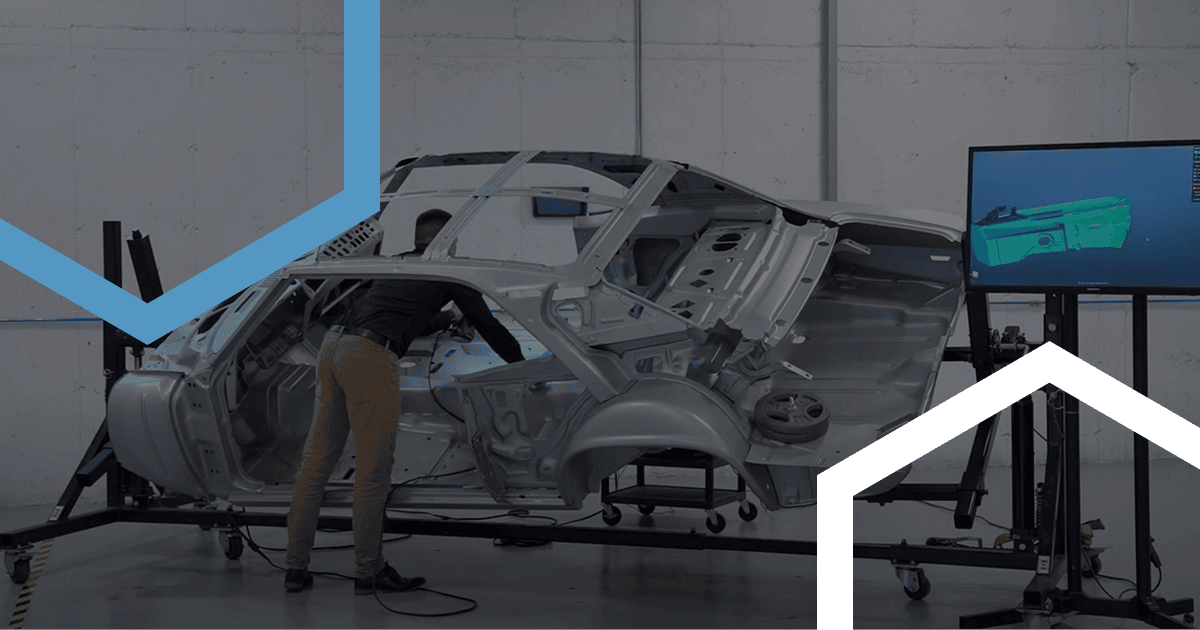
Quality Control & Minimising Production Errors
In the quality control and inspection phase of automotive production, 3D scanning plays a crucial role in ensuring that components meet the required specifications. 3D laser scanners and measurement scanners provide highly accurate and detailed measurements, allowing manufacturers to compare the scanned object to its original design specification and identify any deviations or defects. This level of precision and consistency is essential for maintaining quality standards and minimising production errors. 3D scanning also enables manufacturers to perform comprehensive inspections of complex geometries and hidden features that are difficult to measure manually. This results in improved product quality and reduced inspection time.
The benefits of 3D scanning extend beyond the design and production phases. During the maintenance and repair of vehicles, 3D scanning can assist in identifying damaged or worn-out parts. By scanning the affected area, technicians can quickly compare the data to the original design and determine the necessary repairs or replacements. As an example, through the use of 3D scanning, technicians and engineers can identify the minor tweaks within suspension geometry that could affect the vehicles road handling characteristics before major disassembly. This expedites the repair process and ensures that the vehicle is restored to its original specifications.
In conclusion, 3D scanning and modelling, with the aid of 3D laser scanners and measurement scanners, have transformed automotive production processes. The ability to capture accurate and detailed digital representations of physical objects has accelerated design iterations, enabled precise replication of parts, improved quality control, and enhanced maintenance and repair operations. As the automotive industry continues to embrace digital technologies, 3D laser scanning appears to provide solutions to long awaited problems within the automotive world.
If you have found this article of interest, then we would suggest that you look through our other material here. If you wish to learn more information about any of our Creaform 3D scanners, you can either contact us or book a demo.
